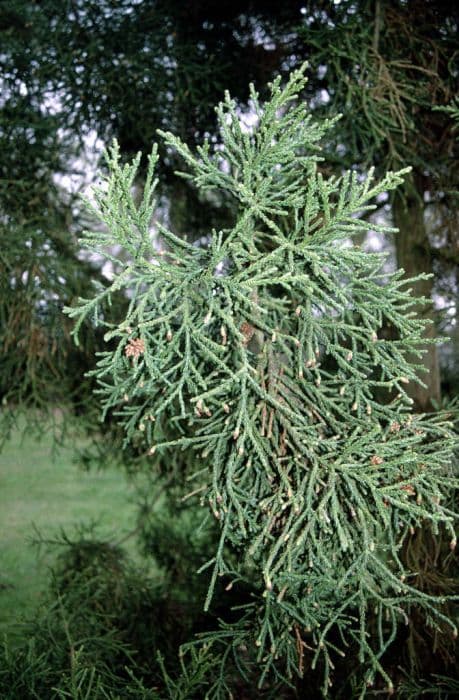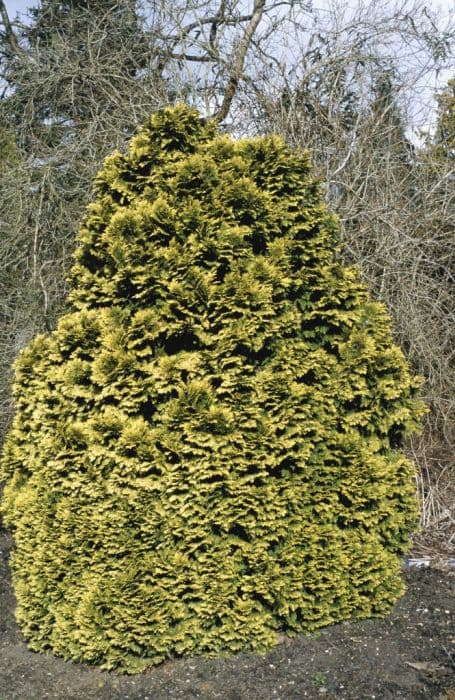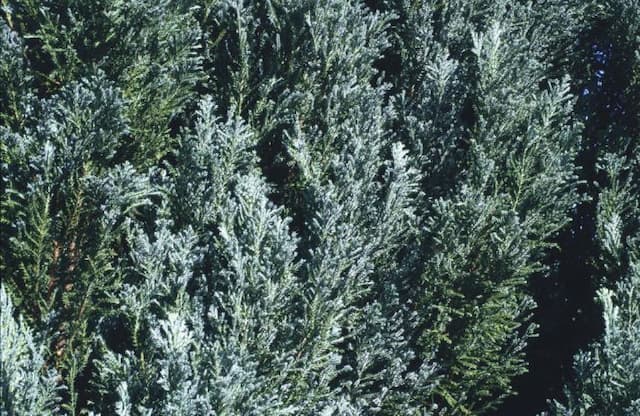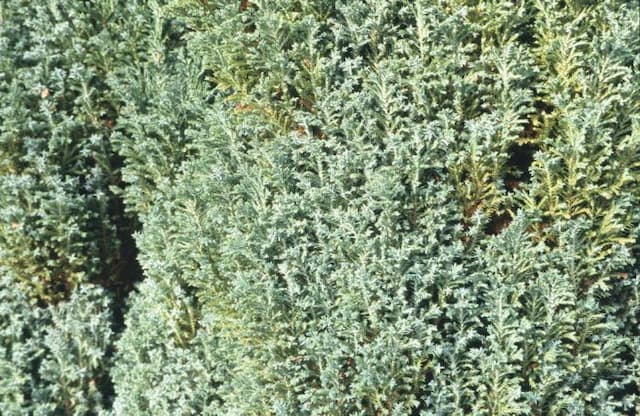Chinese juniper Juniperus chinensis











ABOUT
J. chinensis is a variable conifer species forming either a tall, conical or columnar tree to 18m in height or a spreading shrub. Two types of aromatic leaves are usually found on the same tree; juvenile, awl-shaped leaves that are sharply and stiffly pointed and arranged either in threes or pairs and scale-like adult leaves, usually in pairs and closely flattened to the branchlet. Rounded fruits, 5-7mm across, ripen in their second year to a glaucous white
About this plant
 Names
NamesSynonyms
Chinese Juniper, Shimpaku, Sargent's Juniper, Sargent Juniper, Green Mound Juniper
Common names
Juniperus sphaerica, Juniperus aurea, Juniperus pyramidalis, Juniperus shangszeensis, Juniperus tsangshanensis, Juniperus fortunei, Sabina chinensis.
 Characteristics
CharacteristicsLife cycle
Perennials
Foliage type
Evergreen
Color of leaves
Green
Height
10-15 feet (3-4.5 meters)
Spread
8-12 feet (2.4-3.6 meters)
Plant type
Shrub
Hardiness zones
4-9
Native area
China
Benefits
 General Benefits
General Benefits- Landscape Decor: Juniperus chinensis, commonly known as the Chinese juniper, is widely used in landscaping and ornamental gardening due to its aesthetically pleasing appearance.
- Erosion Control: The Chinese juniper's extensive root system helps to stabilize soil and prevent erosion, making it suitable for planting on slopes and other erosion-prone areas.
- Wildlife Habitat: The dense foliage of the Chinese juniper provides shelter and nesting sites for various birds and small animals, enhancing biodiversity.
- Windbreak: Due to its sturdy nature, the plant can act as a windbreak, protecting gardens and homes from strong winds.
- Privacy Screen: Chinese juniper can be grown as a hedge or screen, providing privacy for homes and gardens due to its thick foliage.
- Pest Resistance: This species is naturally resistant to many pests, reducing the need for chemical treatments in the garden.
- Drought Tolerance: Chinese juniper is known for its ability to withstand periods of drought, making it suitable for xeriscaping and low-water-use gardens.
- Low Maintenance: Typically, once established, the Chinese juniper requires minimal care, which is ideal for gardeners looking for low-maintenance plants.
- Variety of Forms: It comes in various forms, including groundcovers, shrubs, and trees, providing numerous options for garden design.
- Year-Round Interest: With evergreen foliage, the Chinese juniper offers visual interest in the garden throughout the year.
 Medical Properties
Medical Properties- Antimicrobial: Juniperus chinensis extracts have been studied for their potential antimicrobial activity against various bacteria and fungi.
- Anti-inflammatory: Compounds found in the plant may offer anti-inflammatory effects which could be beneficial in treating conditions with inflammation.
- Antioxidant: The plant has demonstrated antioxidant properties, which could aid in protecting the body from oxidative stress and possibly contribute to overall health.
 Air-purifying Qualities
Air-purifying QualitiesThis plant is not specifically known for air purifying qualities.
 Other Uses
Other Uses- Woodwork: The wood of Juniperus chinensis, known as Chinese juniper, is aromatic and durable, making it suitable for crafting small wooden items such as boxes, combs, and decorative objects.
- Bonsai: Chinese juniper is a popular choice for creating bonsai due to its flexibility, resilience, and the ease with which it can be shaped and maintained.
- Culinary: The berries of Chinese juniper, though not commonly used in cooking, can be used as a spice to flavor meats and sauces with its distinct, pungent taste.
- Fragrance: The oils extracted from Chinese juniper can be used in perfumery to impart a fresh, woody scent to various fragrances and cosmetic products.
- Religious Rituals: In some cultures, the branches and berries of Chinese juniper are used in traditional ceremonies and rituals for purification or as offerings.
- Smoke Flavoring for Foods: Wood chips from the Chinese juniper can be used for smoking meats and cheeses to add flavor.
- Moth Repellent: The aromatic properties of the Chinese juniper wood can repel moths and protect clothing and linens when used in wardrobes or drawers.
- Gardening: Juniperus chinensis cultivars can be used as ground cover in gardens to prevent soil erosion and suppress weeds.
- Wildlife Habitat: The dense foliage of Chinese juniper offers shelter and nesting sites for birds and other small wildlife within a landscape.
- Photography and Art: Due to its aesthetic appeal, particularly when shaped as bonsai or growing in picturesque locations, Chinese juniper can be a subject of interest for photographers and artists.
Interesting Facts
 Feng Shui
Feng ShuiThe Chinese Juniper can be used in Feng Shui to create a sense of calm and balance. It is often recommended to plant it in the front or backyard to attract positive energy. Its evergreen nature symbolizes longevity and constancy, which are desirable traits in Feng Shui. It can also be used to shield against negative energies when placed strategically.
 Zodiac Sign Compitability
Zodiac Sign CompitabilityThe Chinese Juniper is not used in astrology practice.
 Plant Symbolism
Plant Symbolism- Protection: Juniperus chinensis, commonly known as Chinese juniper, has been associated with protective qualities. Throughout history, branches or berries of junipers have been used to ward off evil spirits and negative energies.
- Purity: The Chinese juniper is also a symbol of purity and cleanliness. It was believed that its fragrant wood and berries could cleanse and purify the air and environment from illness or bad influences.
- Longevity and Eternal Life: Since junipers are evergreens and can live for very long periods, they are often seen as emblems of longevity and even immortality, representing continuous life and survival through adverse conditions.
- Healing: Given the plant’s use in traditional medicine, particularly its berries and foliage that have medicinal properties, the Chinese juniper symbolizes healing and the restoration of balance and wellness.
 Water
WaterThe Chinese Juniper should be watered deeply and thoroughly, ensuring that the root system is adequately saturated, and then allowed to dry out slightly before the next watering session. This typically equates to watering once every 7 to 10 days during the active growing season, depending on climate conditions. During hot, dry periods, more frequent watering may be necessary, while in cooler months, watering frequency should be reduced. It's essential not to overwater, as the Chinese Juniper does not tolerate soggy soil. When it's time to water, apply approximately 1-2 gallons depending on the size of the plant and the weather conditions.
 Light
LightChinese Junipers thrive in full sun to partial shade, making them versatile for various garden settings. An ideal spot would ensure the plant receives at least 4 to 6 hours of direct sunlight daily, leading to the best growth and foliage density. They can adapt to different lighting conditions but prefer a location where they can bask in ample sunlight throughout the day.
 Temperature
TemperatureChinese Junipers are hardy and can tolerate a wide range of temperatures, generally surviving in zones 4 to 9. They can withstand temperatures as low as -30°F and as high as 100°F, but prefer a moderate climate with temperatures between 60°F and 80°F. These junipers are adaptable and can adjust to varying conditions provided they are not extreme or sustained.
 Pruning
PruningPruning Chinese Junipers is generally done to shape the plant, manage its size, and remove any dead or diseased foliage, helping to maintain its health and appearance. The best time for extensive pruning is late winter or early spring before new growth begins, but light trimming can be done throughout the growing season. Pruning once a year is typically sufficient, but shaping may require additional sessions.
 Cleaning
CleaningAs needed
 Soil
SoilChinese Juniper thrives in well-draining soil with a pH range of 5.5 to 7.0. The best soil mix can be composed of one-third each of pine bark, coarse sand or gravel, and peat moss or compost. This combination ensures proper drainage and aeration, which are critical for the health of the plant's roots.
 Repotting
RepottingChinese Juniper should be repotted approximately every two to three years to prevent it from becoming root-bound and to replenish its soil. Younger and more vigorous specimens may require more frequent repotting, while older, slower-growing ones may do well with less frequent repotting.
 Humidity & Misting
Humidity & MistingChinese Juniper prefers moderate humidity levels and is well-suited for outdoor growth where it can receive natural airflow. It does not have high humidity requirements and can tolerate dry air conditions, which coincide with its natural hardy characteristics.
 Suitable locations
Suitable locationsIndoor
Provide bright light; avoid too much heat.
Outdoor
Full sun to part shade; well-drained soil.
Hardiness zone
4-9 USDA
 Life cycle
Life cycleThe Chinese juniper (Juniperus chinensis) begins its life cycle when seeds are dispersed, typically by birds who consume the fleshy cones, and germinate in a suitable environment. The seedling emerges and develops into a juvenile, exhibiting needle-like juvenile leaves and undergoing a period of active growth. As the plant matures, it starts to produce scale-like adult leaves and develops a woody stem and branches, entering its vegetative stage. After reaching sexual maturity, Chinese juniper becomes dioecious, with individual plants producing either male cones that release pollen or female cones that, once pollinated, will develop into berry-like structures containing seeds. The plant's reproductive period can last many years, with mature plants capable of surviving for several decades and producing cones annually. Eventually, older specimens may enter a decline phase due to environmental factors, disease, or old age, leading to the plant's natural death.
 Propogation
PropogationPropogation time
Late winter-early spring
Propogation: The most popular method of propagation for Juniperus chinensis, commonly known as the Chinese juniper, is through cuttings. This process typically occurs during the late summer to early fall when the plant is not in active growth. To propagate by cuttings, a gardener would take semi-hardwood cuttings, which are stems that are partially, but not fully, matured and hardened. The cuttings, usually about 4 to 6 inches long (10 to 15 centimeters), should be snipped just below a node, with the lower needles removed. The cut end is often treated with a rooting hormone to encourage root development and then placed in a well-draining rooting medium. The environment should remain humid, and the medium moist until roots have developed, which can take several weeks to a few months. Once rooted, the cuttings can be transplanted to individual pots or their final location in the landscape.









